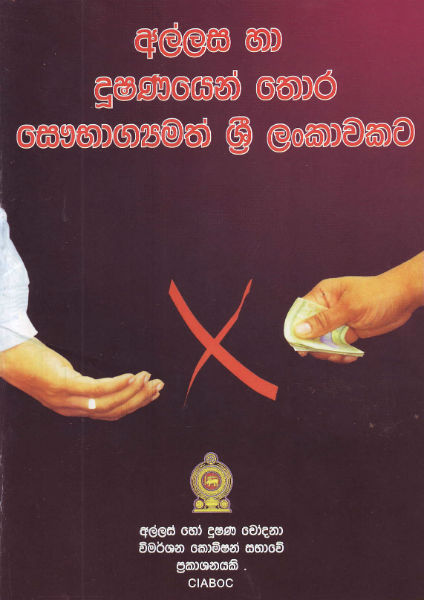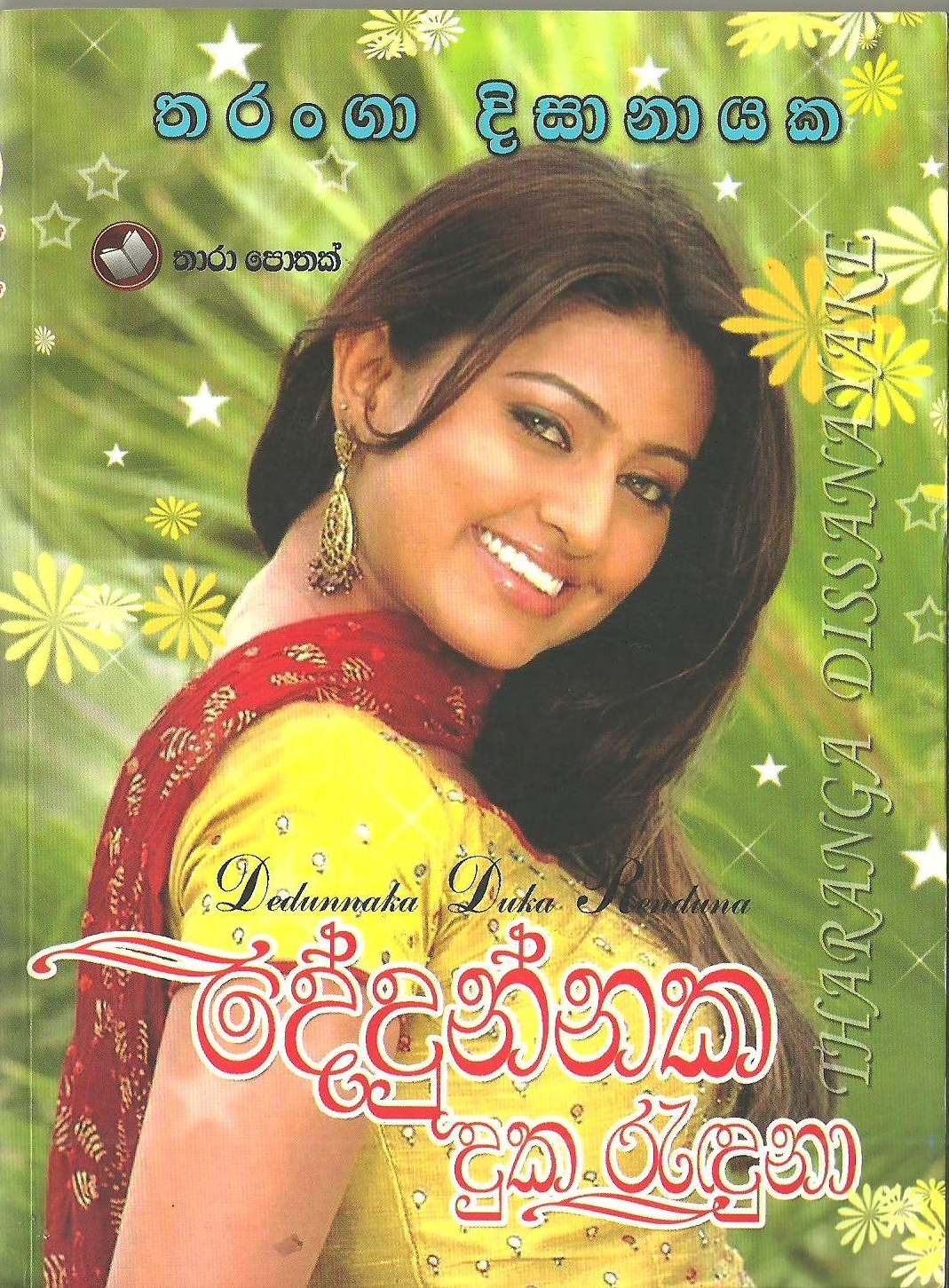
Dissanayake keeps Piyadasa Sirisena at the right place on the ladder of the Sinhala novel. This also constitutes, for him, a way of combining tradition and modernity in that he is deploying these classical themes and rhetorical locutions in modern contexts thereby coalescing the past and present in invigorating ways.” () “He draws on classical prose writings such as the Pujavaliya and Saddharmarathnavaliya and classical works of poetry such as the Sandeshakavyas and KusaJatakaya for this purpose. For example, if one does a tropological study of all nineteen novels, one would realise that he uses tropes that draw on traditional imagery and association as a way of enforcing his rigid divisions of what is good and evil, constructive and destructive.

“Piyadasa Sirisena’s novels were intended to mobilise support for the course of the cultural national project and hence his various representational and rhetorical strategies merit closer study. He analyses Sirisena’s fiction as follows: However, Piyadasa Sirisena was a serious writer who wished to establish a vital connection between literature and the public sphere.” () He wrote at the dawn of Sinhala fiction and such weaknesses as I have alluded to are only to be expected. “In terms of careful construction of stories, psychological complexity of character, credibility of experience and convincing fictional, his work left much to be desired. There, he describes positives as well as negatives towards realism in Sirisena’s fiction, while presenting a brief biography of him: The third chapter, Piyadasa Sirisena and the Discourse of Cultural Nationalism, dedicates to elaborate the role of Piyadasa Sirisena or ‘Father of Sinhala fiction’. In this way, he investigates the diverse usages of the term public in general Sinhala discourse.

He explains the public sphere through many points of view, and gives insights to it elaborating various aspects of the public sphere. There, he compares between nature and public sphere, religion and public sphere, and secularism and public sphere.

This chapter is a scholarly analysis on the public sphere. deal with matters of general interest without being subject to coercion…. Citing Habermas, he said, “He saw the public sphere as, ‘a domain of our social life where such things as public opinion can be formed (where) citizens…. As he mentioned, the German philosopher Jurgen Habermas is among foremost who popularised this term. Dissanayake, describes the term ‘public sphere’ quoting a few writers and thinkers. Final chapter is Gunadasa Amarasekara and the representation of history.Īt the outset, Prof. The third, PiyadasaSirisena and the discourse of Cultural Nationalism, while the fourth, Martin Wickramasinghe and the anxieties of modernity. The book consists of five chapters: the first, the public sphere as a Capacious Concept, the second, the public sphere in Sri Lanka.

The author discusses in detail the interaction of the Sinhala novel with public sphere. It is the relationship between the Sinhala novel and the local public sphere. He focuses on one specific theme in it, related to the growth of the Sinhala novel. Wimal Dissanayake in his book, ‘Sinhala Novel and the Public Sphere’, elaborates three illustrative moments in the Sinhala novel which are represented in the novels of Piyadasa Sirisena, the trilogy of Martin Wickramasinghe and the novels by GunadasaAmarasekara. Piyadasa Sirisena, Martin Wickramasinghe and Gunadasa Amarasekara are considered to be three pillars of the Sinhala novel.Ī veteran Sinhala critic and poet Prof. If someone looks into the evolution of the Sinhala novel, he can identify three writers who contributed to the Sinhala novel to reach its present level. Publisher: Visidunu Prakashakayo (Pvt) Ltd. Book: Sinhala Novel and the Public Sphere: Three Illustrative Moments


 0 kommentar(er)
0 kommentar(er)
